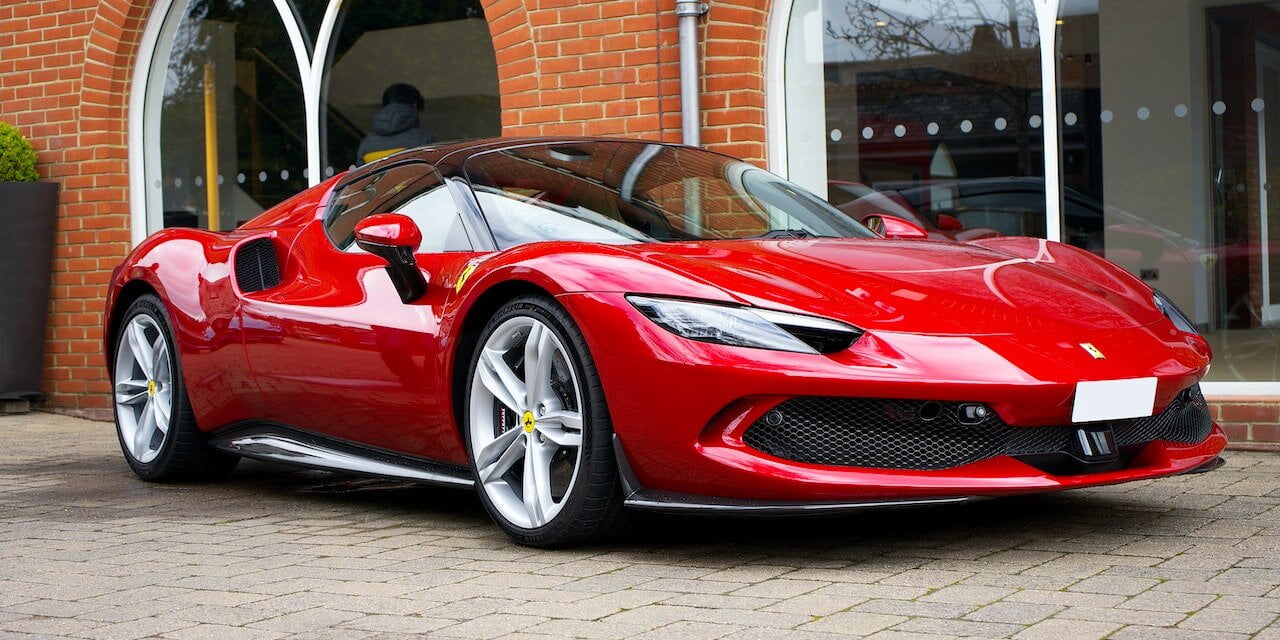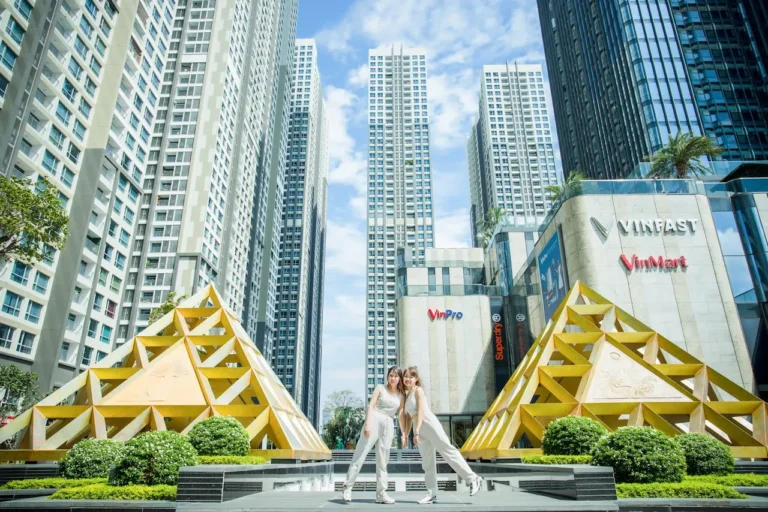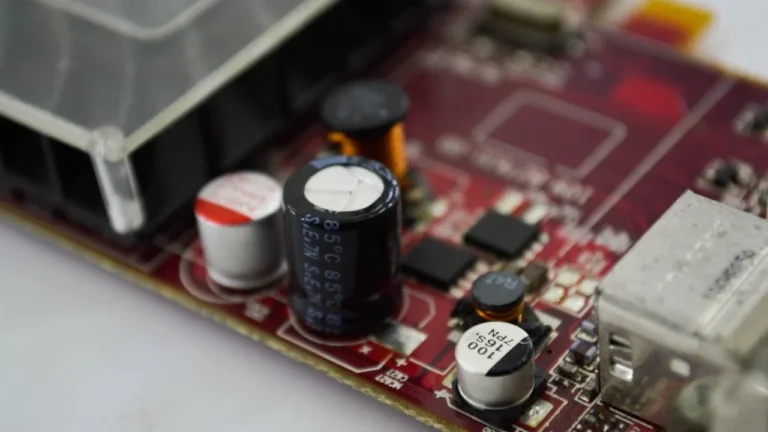
As the first four-door Ferrari in the company’s long history, the Purosangue presents an opportunity to exemplify the interior experience. It’s a highly expressive, modern looking car, and core to this visual drama are what Ferrari terms the ‘welcome doors’.
Electrically operated, they open onto an eye-catching interior panorama. The Purosangue retains a conventional B-pillar, which is necessary to preserve its structural rigidity, but watching the rear-hinged doors arc open is a satisfyingly theatrical moment.
This is the first Ferrari interior to feature four independently adjustable seats – with heated back rests and massage functionality. There’s enough space for four tall individuals to sit in enviable comfort. This was also true of Ferrari’s previous four-seater, the GTC4Lusso shooting break, but it’s easier to get in and out, and there’s an enhanced sense of airiness.
Ferrari developed what it calls a dual zone cockpit on the SF90. It has evolved here to encompass four distinct areas, each demarcated by imaginative use of volumes, materials, colours, and functionality. In fact, one could argue that the rear compartment is the best place from which to absorb everything.
The dashboard consists of two flowing forms that converge in the middle with a distinct aesthetic and ergonomic flourish. There’s a large, fully configurable display ahead of the driver, with an evolved HMI (human machine interface). The steering wheel is festooned with controls, including a ‘secret until lit’ engine start button, switches for the wipers and lights, as well as the famous manettino which alters the chassis settings. Most intriguing are the thumb-operated track-pads on the wheel spars that allow the driver to spool through the audio set-up and other features on the instrument display. ‘Eyes on the road, hands on the wheel’ is the Ferrari mantra.
On the Purosangue, however, there are some new developments. The passenger gets full control over infotainment, and each seat in the car can be personalised. They can all be reclined independently. Climate control is done via a central rotary controller that’s also unobtrusive until tapped, at which point it glides into view. Its action is slickly damped, and invites comparisons with a precision chronograph. (There’s a second rotary interface further back.)
The central tunnel is also easier to appreciate from the rear compartment. It forms a Y-shaped structural element that anchors the flowing forms of the entire cabin, with the clever metal gearshift gate – an imaginative homage to the classic Ferrari configuration – at one end of it.







